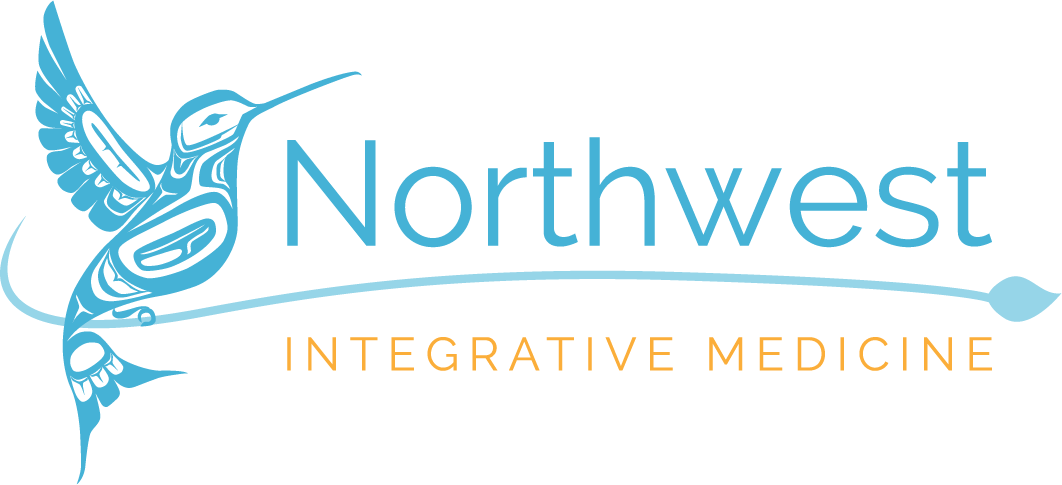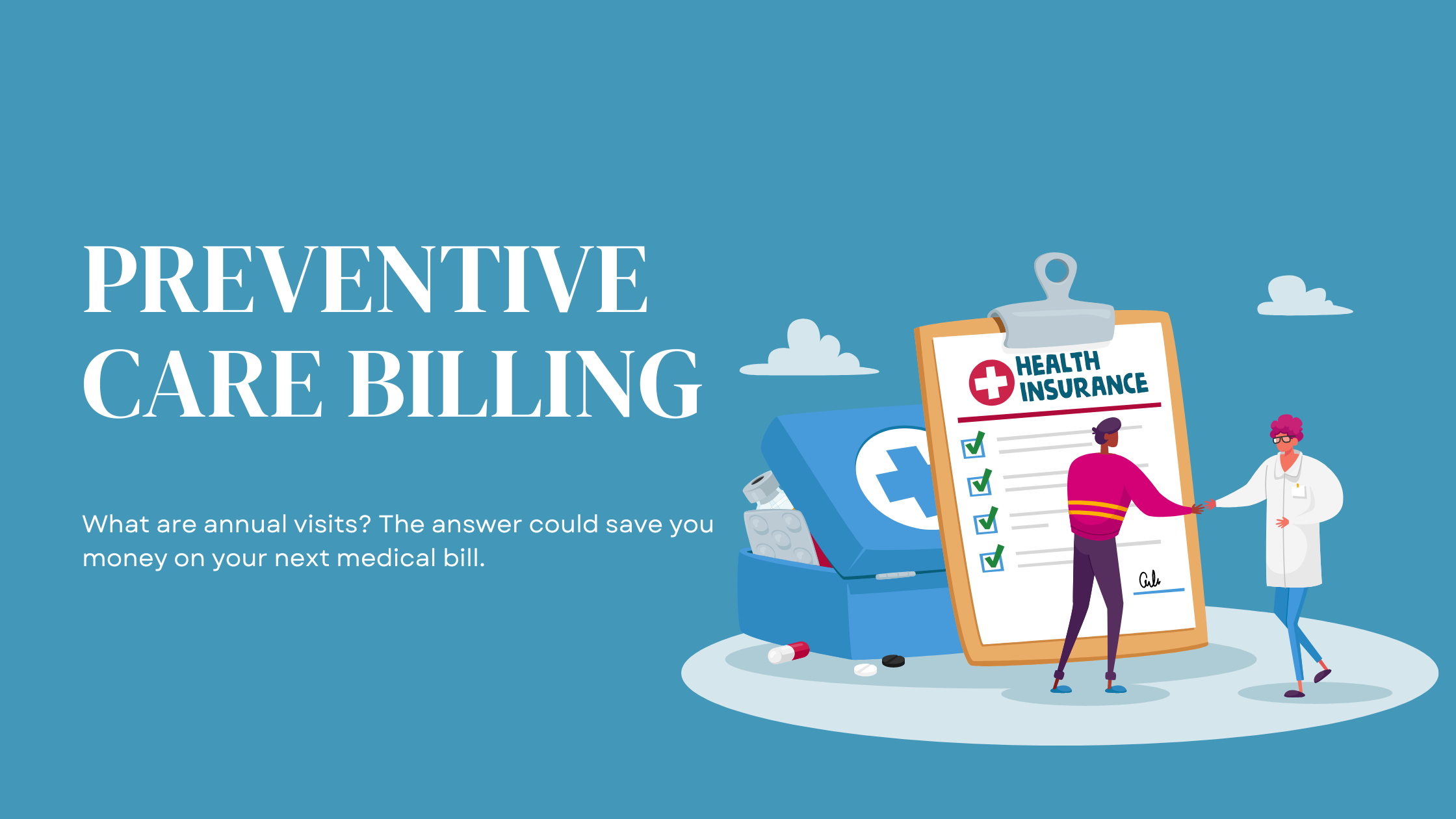What is the purpose of an annual visit and why is it called “Preventive care?” How is Preventive care different than a normal follow-up appointment? These are questions we hope to answer below. And one big reason why these distinctions are important is your medical insurance bills.
We are committed to providing you with the best possible care and ensuring that you are aware of the limitations in scope of a Preventive visit compared to what you might be used to at a standard follow-up appointment or initial evaluation.
Preventive visits are designed to keep you healthy by identifying any potential health issues early on. They are not designed to address specific health concerns or new symptoms (like might be done at an acute visit, a follow-up, or an initial evaluation).
You’ll know you’ve scheduled a Preventive visit if you’ve scheduled one of the following:
- Annual
- Sports physical (sometimes)
- Well-child visit
- Vaccine appointment
- PAP exam
It’s important to know those are considered Preventive care.
Here’s a brief overview:
- Preventive Services:
- Preventive services focus on maintaining your health and preventing future illnesses or complications.
- Examples of Preventive services include:
- Annual physical exams, including blood pressure, heart rate, and weight.
- Vaccinations to protect against infectious diseases such as influenza, tetanus, measles, mumps, rubella, and hepatitis.
- Cancer screenings such as mammograms for breast cancer, PAP exams and tests for cervical cancer, colonoscopies for colorectal cancer, and prostate-specific antigen (PSA) tests for prostate cancer.
- Well-child visits
- Sports Physicals (sometimes)
Preventive services are often covered by insurance plans without cost-sharing requirements like copayments or coinsurance, as they are considered essential for maintaining overall health.
Preventive services are also billed as separate and distinct services compared to what is called Evaluation & Management (E/M) services. Most of the care you receive from your primary care provider is considered E/M.
Here’s a brief overview of Evaluation & Management services:
- Evaluation and Management (E/M) Services:
- E/M services involve the evaluation and management of a patient’s health condition or symptoms.
- Examples of E/M services include:
- Managing or discussing active health concerns or conditions.
- Managing medications for active diagnoses.
- Acute office visits for acute illnesses such as respiratory infections, urinary tract infections, or injuries.
- Follow-up visits for chronic conditions like diabetes, fatigue, sleep problems hypertension, or asthma.
- Medical decision-making regarding treatment plans, medication management, or referrals to specialists.
These services are typically billed separately from Preventive services and may require copayments or coinsurance from you, depending on your insurance plan.
Important Note
It’s crucial to avoid receiving both E/M services and Preventive services during the same visit unless medically necessary. Insurance companies typically bill these services separately, and receiving both at the same visit may result in additional costs for you. Your insurance may push the cost of one of these services onto you, leading to unexpected expenses.
Therefore, during your Preventive appointment, our focus will be solely on preventive services to ensure that you receive the maximum benefit without incurring unnecessary expenses.
If you have any questions or concerns about the services you will receive during your appointment, please contact our office.
Ph: (503) 855-4341
We’re here to help you understand your healthcare options and make informed decisions.

Become a new patient today using our New Patient Fast Track


